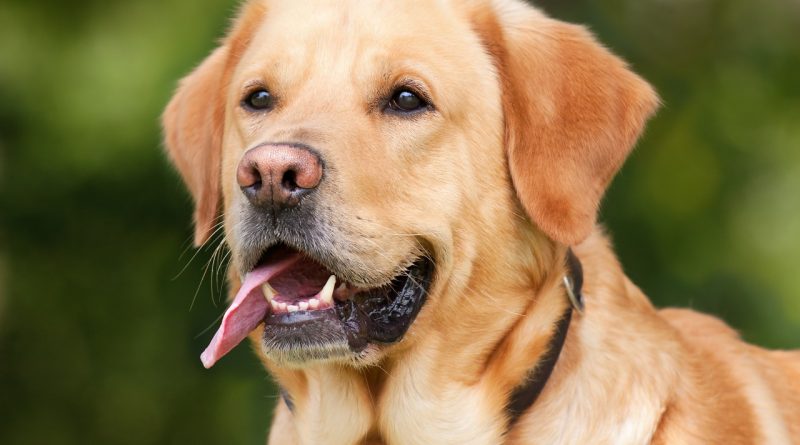7 Tips for Better Doggie Dental Care
Fortunately, caring for your pup’s pearly whites is similar to caring for your own. Dogs (and cats) will benefit greatly from chewing every day on something that helps keep teeth clean, having yearly cleanings and dental X-rays, and daily brushing. To help you get started, here are the top tips offered by veterinary dentists — and common toothbrushing mistakes you’ll want to avoid.
1. Get your dog regular exams and cleanings. Good oral care doesn’t start and stop with toothbrushing. It should include regular dental exams, including X-rays and a professional cleaning under general anesthesia. “The goal is to maintain oral health, function of the teeth, and a pain-free state,” says Colleen O’Morrow, DVM, a veterinary dentist in Manitoba, Canada, and fellow of the Academy of Veterinary Dentistry.
2. Start brushing your dog’s teeth as a puppy.If you’ve got a puppy, now is the time to include brushing in their good-manners training. But have no fear, even pets in their teens can learn to love a good brushing — if you take it slow.
3. Start brushing gradually and gently. Start by putting a little toothpaste on their brush and let them lick it off. Then try touching the toothbrush to your dog’s teeth. After that, brush for a few seconds. Take a month or two to introduce your dog to this new habit. When your dog is ready for a real brushing, raise their lips to expose teeth and gums, then brush from the gum line to the tip of the tooth. Avoid opening your pet’s mouth, which can lead to panic and struggling.
4. Use toothpaste specifically for dogs.Toothpastes for humans contain certain types of fluorides and detergents that are meant to be spit out after you brush. Your dog will swallow toothpaste, so buy a product meant for pets. Pet toothpaste can come in a host of flavors, including poultry, beef, seafood, malt, peanut, and vanilla-mint.
6. Brush in back. For pets, dental problems are often most severe in the back, upper teeth, so it’s most important to brush the outsides of the big teeth there, say the pros.
7. Make toothbrushing fun and rewarding. Before and after brushing, praise, pet and play with your dog. “I like to combine brushing … with a positive reinforcement,” says Barry L. Rathfon, DVM, an Idaho veterinarian whose practice is limited to veterinary dentistry. One of the best reinforcements, Rathfon tells WebMD, is to brush your pup’s teeth just before a meal. To remind yourself, put your pet’s toothbrush near their dog food supply.
It’s true that some dogs just don’t want to have their teeth brushed, and that’s OK. But don’t give up too soon. About 80% of dogs will allow you to brush their teeth, Woodward says, even older dogs. That’s if you start gradually — and make it fun.
